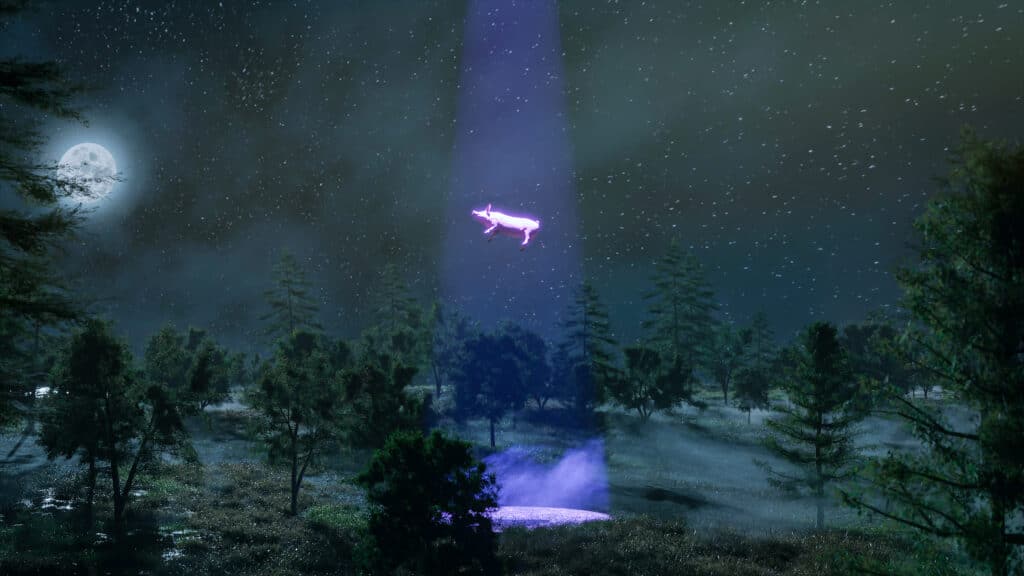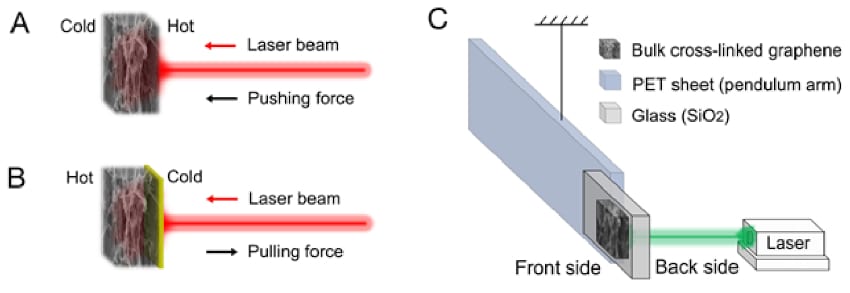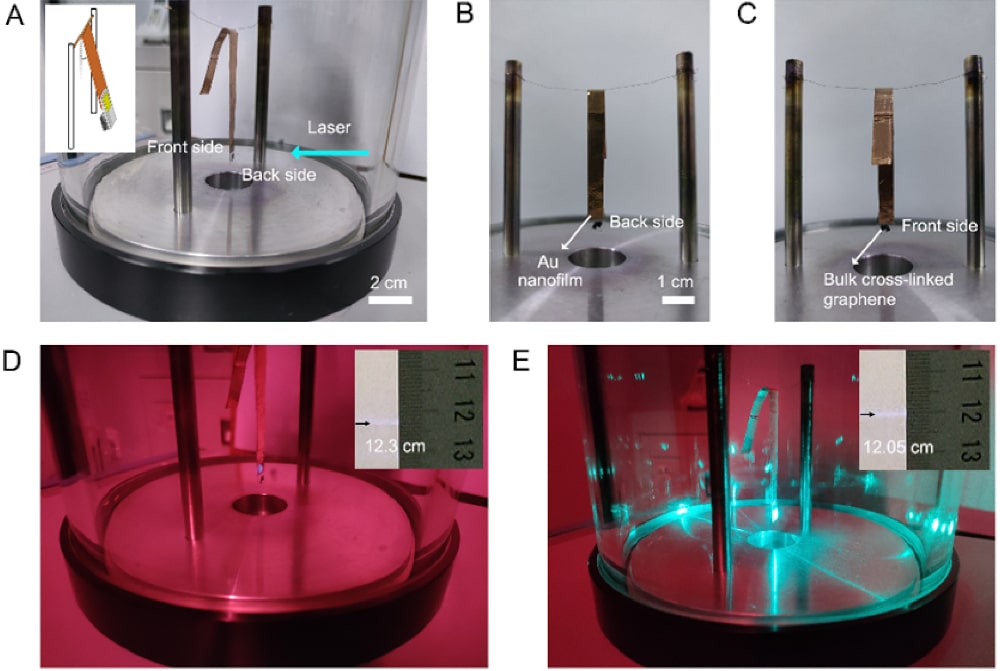
Researchers have developed a beam of microscopic objects
The principle of optical traction is to move an object at a distance. This concept is widely used in science fiction films. It also exists in reality…but on a very small scale. Devices such as optical tweezers, for example, can manipulate microscopic particles with lasers. Today, researchers claim to have succeeded in creating a tractor beam capable of moving macroscopic objects.
Light contains energy and momentum that can be used in various visual manipulations, such as levitation and rotation. Over the past 10 years, optical traction of micro- and nano-objects (cells, atoms, nanoparticles, etc.) has been demonstrated on several occasions. Today it is often used in biology and nanotechnology. On the other hand, optical induction of a macroscopic object is more complicated to implement, since it obviously requires much more energy.
A team from Qingdao University of Science and Technology in China announced that it had achieved the feat and presented its tractor beam in the journal Optics Express. ” In previous studies, the pulling force of light was too weak to pull on a macroscopic object. With our new approach, the pulling force has a much greater magnitude. In fact, it’s three times greater than the pressure of light used to drive a solar sail, which uses the momentum of a photon to exert a small thrust. », Li Wang saidfirst author of the study.

The possibility of transporting vehicles to Mars
A tractor beam designed by Wang and his collaborators successfully moved a composite object based on graphene and silica (SiO).2): the front layer is made of cross-linked graphene and the back layer is made of SiO2. This material was used on a torsion pendulum, with which the researchers were able to demonstrate the phenomenon of laser traction in a way that is visible to the naked eye. They also used a gravitational pendulum to quantitatively measure the laser’s drag force. Both devices were about five centimeters long.

When an object is irradiated with a laser beam, the gas molecules at the back of the object receive more energy, thus “pushing” the object towards the light source. This effect, combined with the low pressure (5 Pa) of the environment in which the experiment took place, leads to displacement of the object. The tensile strength (0.8 µN) was much greater than the radiation pressure (about 0.28 nN); It can also be set by adjusting the laser power.

However, it should be noted that the composite body was specifically designed for the experiment and that it was performed under very specific laboratory conditions (at low atmospheric pressure).
If the effectiveness of this tractor beam is currently compromised on Earth, it could be useful on other planets: ” The rarefied gas environment we used to demonstrate this technique is similar to that on Mars. Therefore, it may have the ability to handle vehicles or aircraft on Mars one day. says Wang.
Technology still needs improvement
The researchers point out that many aspects of this technology still need to be improved before it can actually be used. For starters, the team needs to make their tractor beam run over a wider range of air pressures. In addition, it is necessary to establish a theoretical model to accurately predict the laser drag force based on various parameters (such as object geometry, laser power, and surrounding medium).
In the meantime, their study constitutes compelling evidence of feasibility. ” Our work demonstrates that the flexible manipulation of a macroscopic object with light can be achieved when the interactions between light, object, and medium are carefully controlled. Wang said. This study also highlights the complexity of laser-matter interactions and the fact that many phenomena are still far from fully understood, both at the macro and micro levels, he adds.
Namely, that NASA itself has already considered using tractor beams to collect Mars samples, Explain the universe today. The Curiosity rover is equipped with a laser ablation spectroscopy instrument, ChemCam: the laser vaporizes the rock, and then the resulting plasma is analyzed remotely by spectroscopy. However, if the tractor beam was able to attract the regolith particles directly into the rover, more complete analyses would be possible.
In the same way, these beams can be used to collect particles from the tails of comets, from clouds in the Earth’s atmosphere, or from other planets. This concept has important implications for space exploration.
Source : Wang et al., Optics Express

“Organizer. Social media geek. General communicator. Bacon scholar. Proud pop culture trailblazer.”
